Ten major defects of aluminum die casting
Flow marks and patterns
Appearance inspection: There are stripes on the surface of the casting that are consistent with the flow direction of the molten metal, and there are obvious non-directional lines that are different from the metal matrix in color, and there is no development trend.
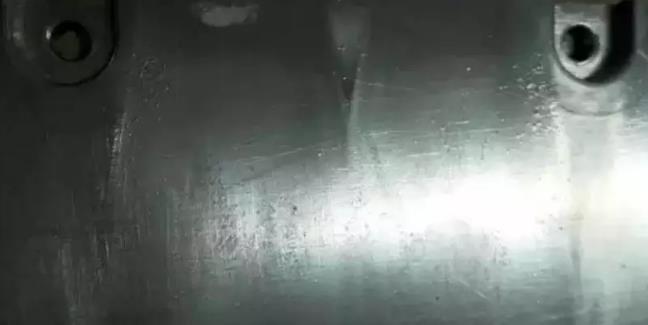
1. The causes of flow marks are as follows:
1) The mold temperature is too low
2) Poor sprue design and poor position of inner gate
3) The material temperature is too low
4) Low filling speed and short filling time
5) Unreasonable gating system
6) Poor exhaust
7) Unreasonable spray
2. The cause of the pattern is too much paint in the cavity or poor paint quality. The solutions and prevention methods are as follows:
1) Adjust the cross-sectional area or position of the inner runner
2) Increase mold temperature
3) Adjust the speed and pressure of the inner runner
4) Appropriate selection of paint and adjustment of dosage
Reticulated wing (crack of tortoise)
Appearance inspection: the surface of the die-casting parts has the same raised or depressed traces as net-like hairs, which will expand and extend as the number of die-casting increases.
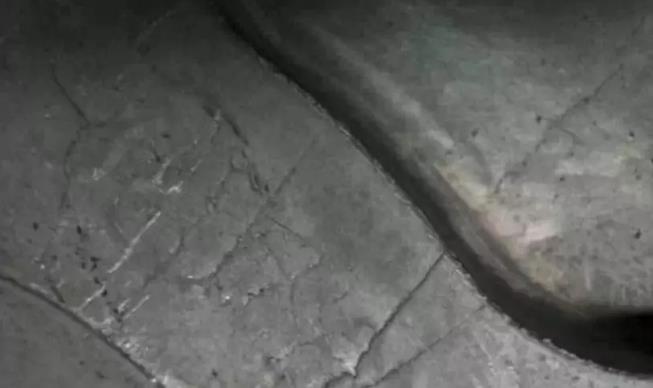
The reasons are as follows:
1) There are cracks on the surface of the die-casting cavity
2) Uneven preheating of die casting mold
The solutions and prevention methods are:
1) The die-casting mold should be annealed regularly or after a certain number of die-casting to eliminate the stress in the cavity
2) If a tortoise crack has appeared on the surface of the cavity, the molding surface should be polished to remove the crack layer
3) Preheat the mold evenly
Cold barrier
Appearance inspection: The surface of the die casting has obvious, irregular, and sinking linear lines (both penetrating and non-penetrating). The shape is small and long, sometimes the junction edge is smooth, and there is a possibility of disconnection under the action of external force.
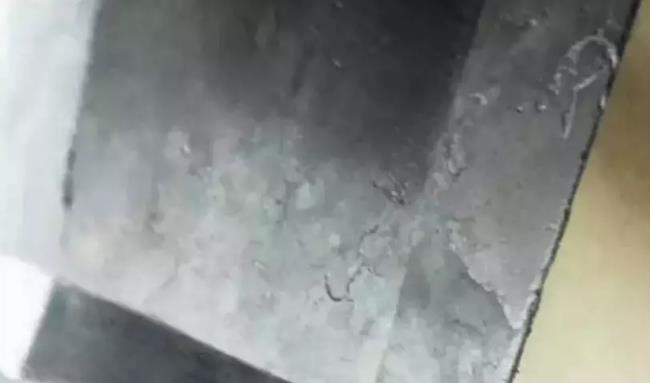
The reasons are as follows:
1) The two metal streams are connected to each other, but they are not completely fused and there are no inclusions in between, and the bonding force of the two metal streams is very weak.
2) Pouring temperature or die-casting mold temperature is too low
3) The runner position is wrong or the flow path is too long
4) Low filling speed
The solutions and prevention methods are:
1) Properly increase the pouring temperature
2) Improve the injection ratio, compress the filling time and increase the injection speed
3) Improve exhaust and filling conditions
Shrinkage (dent)
Visual inspection: There are smooth dents (like discs) on the most thick surface of the die casting.
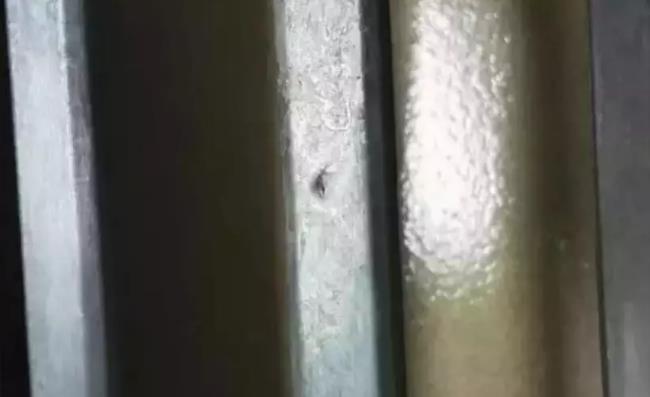
The reasons are as follows:
1) Caused by shrinkage
Improper design of die casting parts with too large wall thickness difference
Improper sprue location
Low injection pressure and short holding time
Local temperature of die casting mold is too high
2) Unreasonable cooling system design
3) Opening the mold too early
4) Pouring temperature is too high
The solutions and prevention methods are:
1) The wall thickness should be uniform
2) The thickness transition should be eased
3) Correctly select the alloy liquid introduction position and increase the cross-sectional area of the inner runner
4) Increase the injection pressure and prolong the pressure holding time
5) Appropriately reduce the pouring temperature and die temperature
6) Partially cool the local high temperature
7) Improve overflow conditions
Imprint
Visual inspection: the traces left by the contact between the surface of the casting and the surface of the die-casting cavity or the step marks appear on the surface of the casting.

The reasons are as follows:
1. Caused by ejector components
1) The end face of the ejector rod is worn
2) The adjustment length of the ejector rod is inconsistent
3) The splicing part of the die-casting cavity does not fit well with other parts
2. Caused by splicing or moving parts
1) The inlay part is loose
2) Loose or worn moving parts
3) The side wall surface of the casting is formed by the inserts intersected by the movable and fixed molds
The solutions and prevention methods are:
1) The length of the ejector rod should be adjusted to the proper position
2) Fasten inserts or other movable parts
3) Eliminate sharp corners when designing, and adjust to fit the gap
4) Improve the structure of the castings to eliminate the interspersed inlay form of the die-casting mold and improve the structure of the die-casting mold
Adhesive traces
Appearance inspection: small flakes and metal or non-metallic and metal base parts are welded, and the small flakes are peeled off under the action of external force. After the peeling, the surface of the casting is bright and some are dark gray.

The reasons are as follows:
1) There are metallic or non-metallic residues on the surface of the die-casting cavity
2) When pouring, the impurities are first brought in and attached to the surface of the cavity
The solutions and prevention methods are:
1) Before die-casting, the cavity pressure chamber and the pouring system should be cleaned up to remove metal or non-metal adherents
2) Clean up the cast alloy
3) Choose the right paint, and the coating should be even
Layering (sandwiching and peeling)
Visual inspection or damage inspection: There are obvious layers of metal in the casting part.
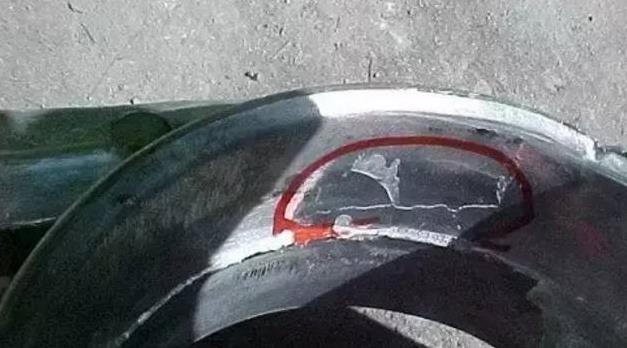
The reasons are as follows:
1) The mold is not rigid enough. During the liquid metal filling process, the template will shake
2) The punch appears to crawl during the injection process
3) Improper design of runner system
The solutions and prevention methods are:
1) Strengthen the rigidity of the mold and tighten the mold parts to make them stable
2) Adjust the cooperation of the injection punch and the pressure chamber to eliminate the crawling phenomenon
3) Reasonably design the inner runner
Friction and ablation
Visual inspection: the surface of the die-casting part has rough surfaces in some positions

The reasons are as follows:
1) Improper position, direction and shape of the inner runner caused by the die-casting mold (mold)
2) Insufficient cooling of molten metal at the inner runner caused by casting conditions
The solutions and prevention methods are:
1) Improving the position and direction of the runner
2) Improve the cooling conditions, especially the areas where the molten metal is violently scoured
3) Add paint to the ablated part
4) Adjust the flow rate of the alloy liquid to prevent cavitation
5) Eliminate the alloy adherents on the mold (mold)
Erosion
Visual inspection: There are pitting or embossing in the local position of the die casting.
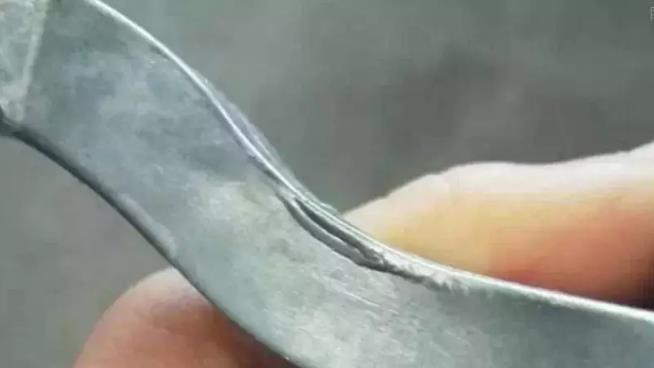
The reasons are as follows:
1) Improper setting of the inner runner position
2) Poor cooling conditions
The solutions and prevention methods are:
1) The thickness of the inner runner should be appropriate
2) Modify the position, direction and setting method of the inner runner
3) Strengthen the cooling of the eroded parts.
Cracks
Visual inspection: Put the casting in alkaline solution, the cracks are dark gray. The destruction and cracking of the metal matrix are straight or wavy, with narrow and long lines, which have a tendency to develop under the action of external forces.
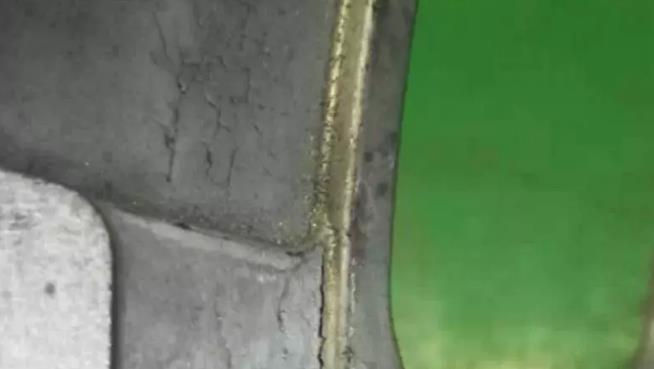
Causes of cracks in aluminum alloy castings:
1) The content of iron in the alloy is too high or the content of silicon is too low; the content of harmful impurities in the alloy is too high, which reduces the plasticity of the alloy; the content of zinc or copper in aluminum-silicon alloy, aluminum-silicon-copper alloy is too high; the content of aluminum-magnesium alloy is too high Too much magnesium
2) The mold retention time is too short, and the pressure holding time is short; the wall thickness of the casting has drastic changes
3) The local tightening force is too large, and the force is uneven when ejected
Solutions and prevention methods:
1) Correctly control the alloy composition. In some cases: pure aluminum ingots can be added to the alloy to reduce the magnesium content in the alloy; or aluminum-silicon master alloys can be added to the alloy to increase the silicon content
2) Increase the temperature of the mold (mold); change the structure of the casting, adjust the core pulling mechanism or make the push rod force evenly
3) Increase the draft angle and use strong release agent locally
4) Increase mold retention time and increase pressure holding time






